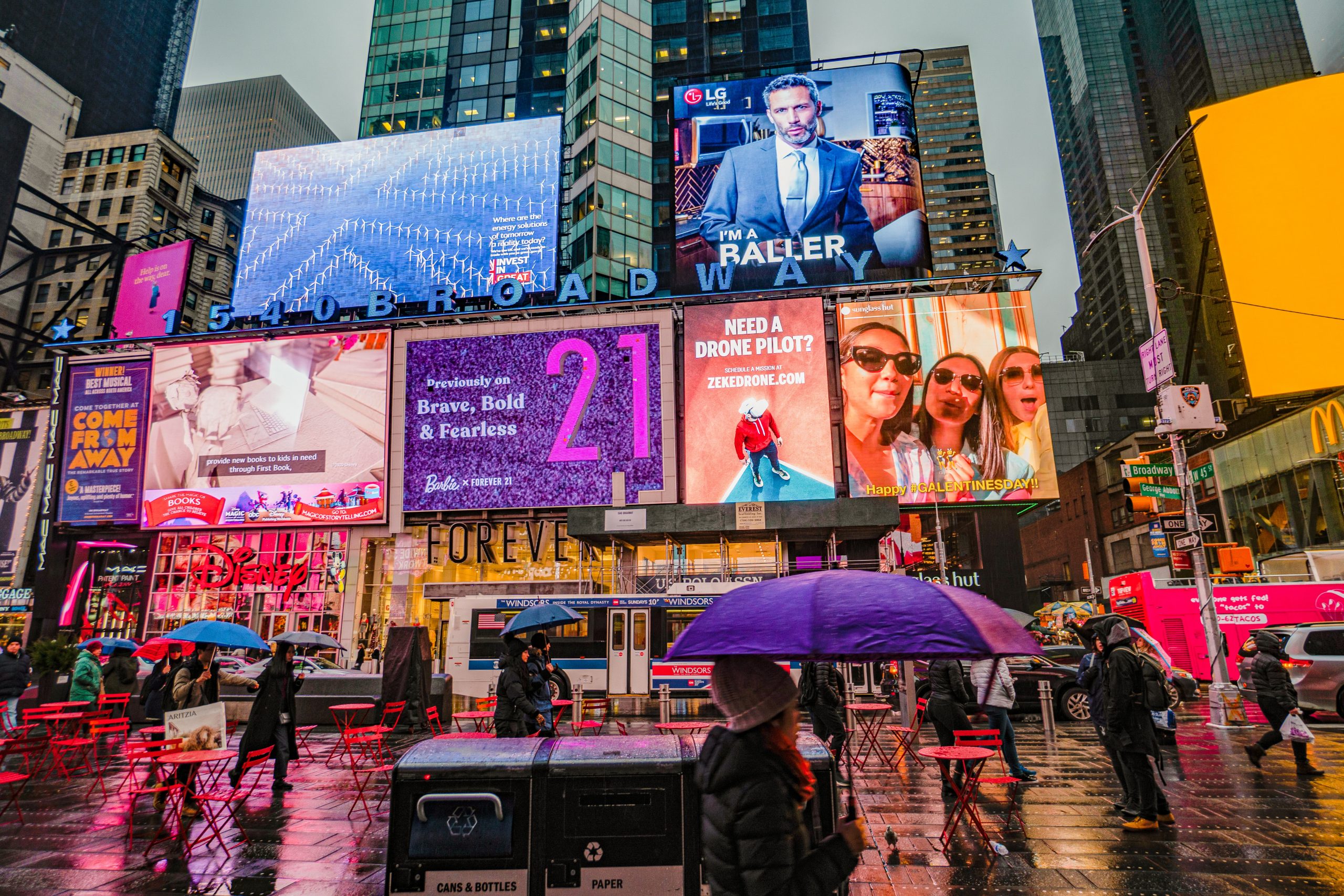So how can you get involved?
Where to Start When Building up your Retail Media network?
Comparing Retail Media networks with the setup of traditional publishers there are some similarities, but mostly the set up differs.
For many publishers their primary business model is creating content to gain traffic and monetize ad spaces, whereas others prioritize paid subscriptions over ad sales. In retail the primary business model will always be commerce (with perhaps a special exception for Amazon). This means that the approach you take to set up your Retail Media network greatly depends on other departments in your organization.
Before choosing an approach, consider asking yourself the following questions:
- How will the performance of commerce be affected by media?
- How will your trading deals and relationships change with suppliers?
- Which resources would you need from your data and development teams?
- How will the addition of Retail Media change your ways of working?
- What do your legal teams have to say about the addition of ad servers and data partnerships?
- Is your finance department already equipped to handle revenue flows resulting from media?
- Which new teams, technologies and partnerships do you need to set up to make Retail Media a success?
Disclosure: Will Retail Media drive users away from my platform and will it cannibalize my retail revenue? The simple answer is “no”, you have full control over the path your consumer takes after clicking on an advertisement, which means that you generally want the consumer to land within your own platform product pages after clicking on ads. Secondly, media revenues could already be a part of your trading deals and otherwise the media revenues will be an addition to your retail revenues, it would probably even cause a multiplier effect as media promotions should result in increased product sales.
How to Set up a Retail Media Network
The following four steps will help you effectively set up a Retail Media Network.
Step 1: setting up your sales organization
The first thing to plan out is how you will sell your media. In many retail organizations product promotions are planned by trading teams, which means that their marketing offering to brands is already part of the trading deals – this is what we call trade marketing. If you already have trade marketing teams set up you could easily leverage those resources to sell media, the difference between media and trade marketing is that media sales always comes with additional, dedicated, media budgets from the supplier. You may also choose to set up a dedicated Retail Media team to sell and manage media campaigns within your network. There are also retailers that choose not to invest in their media sales but rather work with a sales house to represent their network.
The second thing you need to decide in the early phase is if you want to sell to endemic or non-endemic brands.
What is an Endemic Brand? Brands that sell their product in your store, which means that any endemic advertiser is directly contributing to product sales within your own environment.
What is a Non-Endemic Brand? Brands do not sell their products in your store, which means those campaigns are not contributing to your commerce results.
Generally retailers choose to only serve endemic campaigns in online environments, because they don’t want to risk online users clicking away from the retailers site. Non-endemic brands start to become more widely accepted on, for instance, DOOH screens in physical stores, as this doesn’t influence the shopping behavior of the customer too much.
Step 2: choosing your tech
Regardless of whether you’re advertising to endemic or non-endemic brands, you will need your technical setup to run, optimize and measure (the effectiveness of) campaigns. Within your own ecommerce platform you’ll probably want to start with display ads, native ads and sponsored product ads. Many advertisers already run display ad campaigns on various networks, which makes it easy for them to expand to your retail network, while of course having the user land on your ecommerce product page after a click. It’s also advised to offer native advertisements, which are promotions that match the look and feel of your website, enabling you to create a unique offering for your advertiser. Google Ad Manager is the most widely used publisher ad server for these purposes, and has all the features to sell, run, optimize, measure campaigns, and utilize data between your platforms.
Sponsored Product Ads (SPA) are native product listings on your search and category pages, while Google Ad Manager can be utilized to create these positions with native ads there are also dedicated SPA ad servers that are commonly used for this feature, like Criteo and CitrusAd.
As a retailer you own valuable first party consumer data, meaning you can also utilize these audiences to retarget outside of your network on behalf of your advertiser. With these “Supplier-Paid” campaigns you make a margin on the media campaign while driving extra traffic to your platform. Your audiences can be set up based on your consumer data while utilizing other tools like Google Analytics or Google Campaign Manager. If you’re buying media positions outside of your own network, Google Display & Video 360 is a widely used Demand Side Platform (DSP).
The success of your Retail Media business is heavily dependent on your data structures. Because the industry is getting more dependent on first-party data you have the opportunity to utilize your first-party consumer data in various ways, which is also essential to connect your data in an omnichannel environment. By using the right tools, like Google Cloud, for your data foundations you can continue to enrich your data. Propensity modeling, where you analyze user behavior and predict future actions and conversion probability with the help of AI, is one of the promising utilities for retail data. Your (enriched) data can be used for campaign targeting, conversion and iROAS analysis (Incremental Return On Ad Spend). Outside of media you can also utilize your data, as long as this is done in a privacy safe way, to provide your partners deeper insights in your and their customers.
Step 3: the onboarding
Once you’ve set up your sales structures and chosen your tech it’s time to set things in motion. When designing your technology setups it’s important to keep two things in mind: the technologies should be able to work together in one unified ecosystem, and your ecosystem should supply the needs and requirements of all your involved teams. It’s important to review all data collection and processing with your legal teams early on in the process, and setting up the correct consent flows is essential.
As mentioned in step 2, your data foundation is key for proper targeting and measurement, it will depend on your organization’s maturity in data and your requirements for the setup for what will be possible from day one in terms of data features. Your finance department will have some wishes around revenue reporting and automation to make their lives easier as well. Your development team will be heavily involved in your onboarding stage, since they are maintaining an ecommerce platform on a daily basis it’s essential to reserve the proper resources and to supply your developers with proper clarity about the purpose and strategic importance of your Retail Media business.
Your legal and finance will be mainly involved before, or at the start of the technical onboarding, but your newly created campaign team, together with sales (or trade), development and data teams are essential parts throughout the whole process.
For your on-site ad server the main parts of such an onboarding are visual blue-prints of the ad placements, connecting data for targeting and reporting, and the creation of native or rich media templates. In preparation of the first campaigns your campaign team will need training, or you can choose to work with a partner (such as Incubeta) to have your campaigns managed. For network and campaign analysis it’s also advised to have your ad server data connected to dashboards so your teams can easily analyze the performance of your Retail Media network.
Step 4: start expanding
Whenever you choose to start with display, native or sponsored product ads, there is always a relatively easy first step to start with Retail Media, even with little, or simplified data structures. In practically all situations retailers have started small and expanded slowly. We usually see retailers starting with their on-site offering in the first stage, in later “maturity stages” the expansion to off-site media campaigns is often chosen as the next step. The more complex expansions are dependent on data maturity, like enriching customer databases and utilizing Machine Learning and AI to create predictive models. Many of those data initiatives support both your ecommerce and your Retail Media business, this means that in the future both of those revenue streams will grow to a more centralized retail strategy.
For more information on Retail Media Networks, and how Incubeta can help you become a publisher, get in touch with our experts today.


